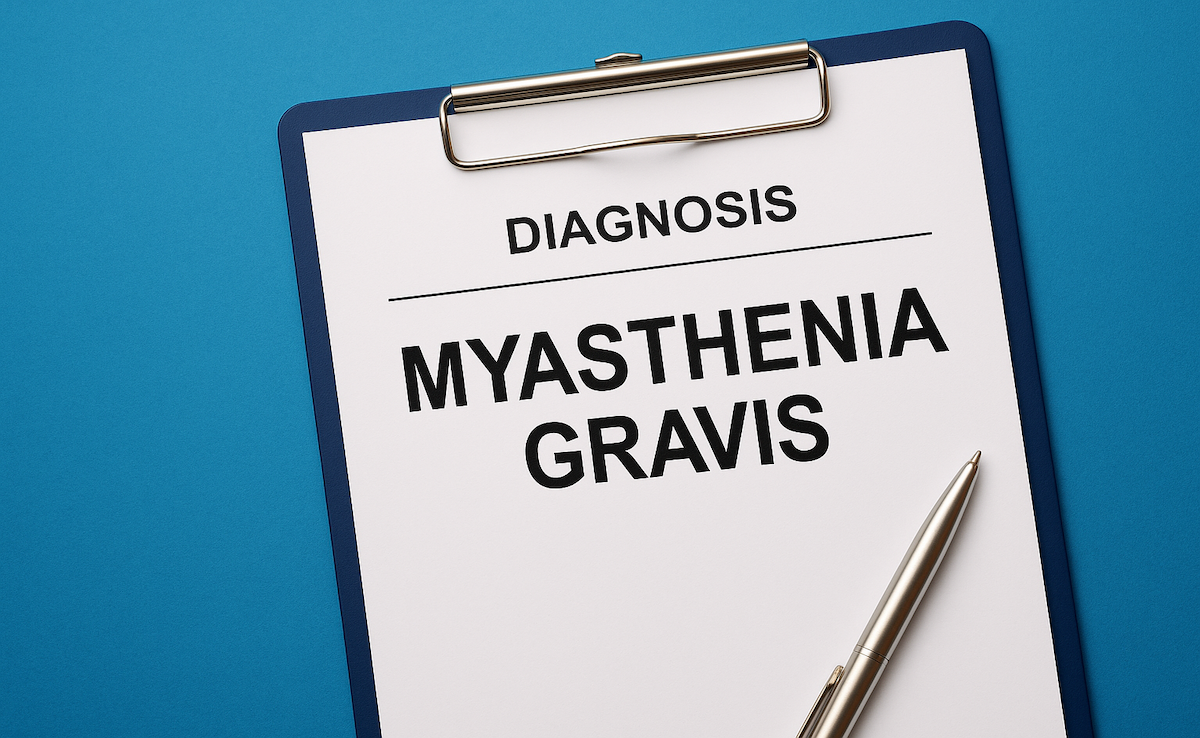Article
Identifying Comorbidities That Heighten Risk for Particular Hepatobiliary Cancers
Author(s):
Risk for individual hepatobiliary cancers varies from comorbidity to comorbidity, researchers found.
It is well-established that environmental factors and comorbidities can increase a patient’s risk of cancer, but a new study suggests that certain comorbidities are linked with particular types of hepatobiliary cancer.
The study, which was published in the International Journal of Cancer, is based on 3 decades of patient data from the Swedish Inpatient Register.
Hepatobiliary cancers include hepatocellular carcinoma (HCC) and biliary tract cancers such as gall bladder cancers and cholangiocarcinoma. Corresponding author Kari Hemminki, MD, PhD, of Charles University, the Czech Republic, and colleagues, said rates of different types of hepatobiliary cancers vary significantly from country to country, but that variance is largely seen as the result of known risk factors that similarly vary geographically.
“Globally, chronic infection by hepatitis B (HBV) or C virus (HCV) are the main causes of HCC while in low-risk areas risk factors include alcohol-related liver cirrhosis, obesity, low physical activity, type 2 diabetes, non-alcoholic fatty liver disease (NAFLD), smoking, autoimmune diseases, and family history,” Hemminki and colleagues said.
Still, the investigators said chronic inflammation is at the heart of many risk factors associated with HCC. Inflammation is also believed to be tied to risk of other types of hepatobiliary cancers, but those other types also have their own unique risk factors.
In the new study, Hemminki and colleagues used hospital discharge data in Sweden to identify patients with diseases that have been linked with hepatobiliary cancers. They then used the data set to track those patients over the subsequent decades to see whether they were diagnosed with hepatobiliary cancers. The investigators then used those cancer outcomes to calculate relative risks for each comorbidity and cancer type.
Thirteen comorbidities were tracked, including liver disease both related to and not related to alcohol, chronic obstructive pulmonary disease, gallstone disease, hepatitis, bile duct infections, obesity, and diabetes. The data set stretched from 1987 to 2018, and cancers were tracked beginning in 1997.
The authors used standardized incidence ratio (SIR), a way to measure actual versus expected cancer cases in a given population. The data suggested a significantly increased risk of HCC among people diagnosed with hepatitis.
“SIRs for HCC were 80-100 in men and women diagnosed with hepatitis C virus and they were also > 10 in patients diagnosed with hepatitis B virus, other kind of hepatitis, hepatic autoimmune disease and non-alcohol related liver disease,” they wrote.
However, the risk varied by cancer type. The authors said the above risk factors, along with alcohol-related liver disease, “were either specific to HCC or were shared with intrahepatic [cholangiocarcinoma]. Overall the greatest risk factor for cholangiocarcinoma, gall bladder cancer, and ampullary cancer was infection of bile ducts. However, gallstone disease, non-hepatic autoimmune diseases, and diabetes were also each associated with hepatobiliary cancers, they said.
The investigators concluded by noting that their results affirmed an apparent link between chronic inflammation and/or over immune disturbances associated with autoimmune diseases. They said that insight ought to inform patient care and surveillance.
“The results suggest that local chronic inflammation and a related immune disturbance is the carcinogenic trigger for all these cancers,” they said.
Reference
Hemminki K, Sundquist K, Sundquist J, et al. Personal comorbidities and their subsequent risks for liver, gallbladder and bile duct cancers. Int J Cancer. Published online October 4, 2022. doi:10.1002/ijc.34308
Newsletter
Stay ahead of policy, cost, and value—subscribe to AJMC for expert insights at the intersection of clinical care and health economics.




